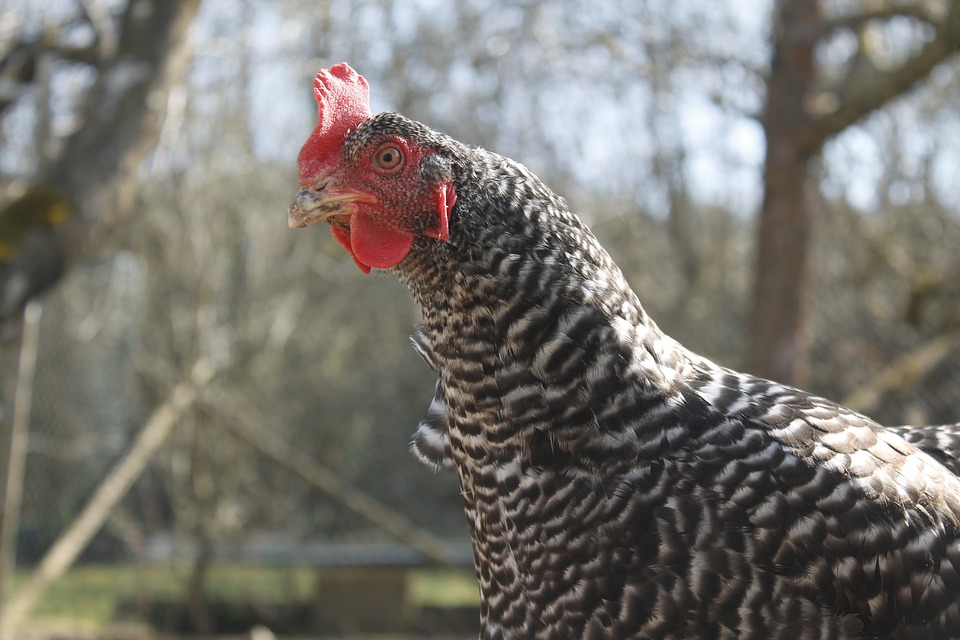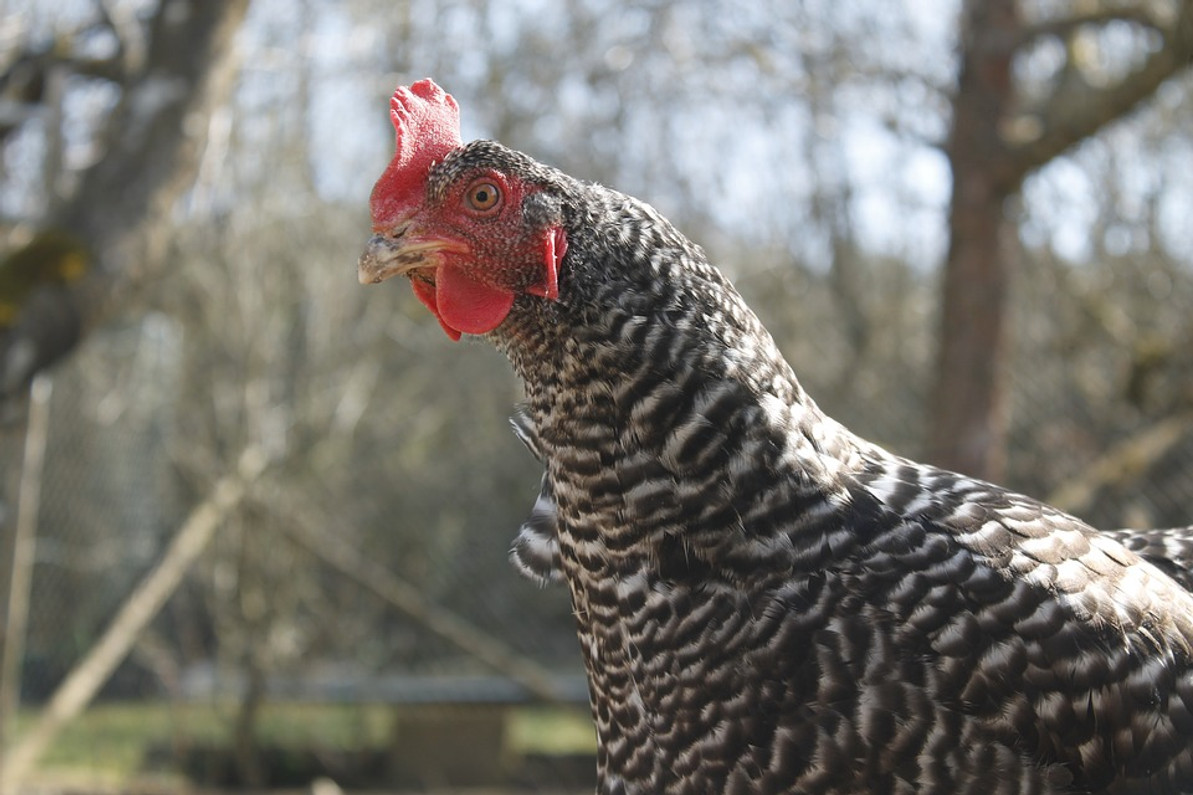Poultry Listed as High-Risk Job for Workers

When you think of occupations with a high risk of injury, poultry probably isn't at the top of your list. After all, what hazards (if any) face poultry workers in a typical day? Well, according to a recent report published by the the National Employment Law Project (NELP), poultry and other meat processing occupations carry a high risk of severe injury, more so than most other industries.
NELP came to this conclusion after analyzing data from the Occupational Safety and Health Administration (OSHA). NELP scoured OSHA's data on severe injuries from January 2015 to September 2016, after which they discovered that poultry and meat processing workers faced one of the highest risks of severe injury.
The report revealed that some 180 severe injuries stemming from the poultry industry were reported to OSHA from the aforementioned period. To put this number into comparison, poultry ranked as the 12th highest risk occupation for severe injuries.
Furthermore, the report revealed that Tyson Foods and JBS ranked among the top 10 firms with the highest risk of severe injuries. These findings were achieved after analyzing more than 14,000 companies in 29 states.
When speaking about these findings, Debbie Berkowitz, senior fellow for worker safety and health at NELP, explained that workers who provide food for countless families shouldn't have to sacrifice their health and wellness to make a living.
"The poultry industry as a whole has the 12th highest number of severe injuries of all industries reporting – higher than the saw mill industry, auto, steel, and other high-hazard industries. This is despite the fact that severe injuries can be prevented if these same employers followed basic safety rules set by OSHA over the past 45 years,” a NELP press release stated.
So, what hazards specifically do poultry workers face? You can check out OSHA's official website for a complete list of common hazards faced by poultry workers, however, some include the following:
- Back pain, pulled muscles, and other MSD-related injuries.
- Hearing loss caused from working around loud machines and equipment.
- Overexertion and fatigue.
- Nonexistent or inadequate personal protection equipment (PPE).
- Slip-and-fall injuries (both from same level and elevated surface).
- Exposure to toxic and unsafe chemicals.
- Indoor air pollution and respiratory problems.
- Diseases and biological hazards such as salmonella, psittacosis, campylobacter infection and other diseases.
- Blocked or otherwise obstructed fire exists.
Recent Posts
-
Fire Safety in the Workplace: What You Need to Know
What steps are you taking to prevent fires in your workplace? According to the U.S. Occupational Saf …Aug 23rd 2023 -
Is It Safe to Go Jogging With a Cold Infection?
If you're suffering from a cold infection, you might be wondering whether it's safe to go jogging. T …Aug 22nd 2023 -
5 Safety Tips to Follow When Using a Powder-Actuated Tool
Powder-actuated tools are commonly used to join materials to steel and concrete. Also known as Hilti …Aug 20th 2023




